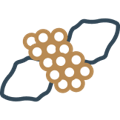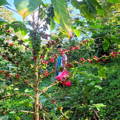In a word, yes. The country has been producing coffee for centuries and is currently one of the largest exporters in Latin America.
Coffee from Honduras varies widely depending on which variety it's grown at what region or altitude but generally offers smooth tastes with notes of chocolate, fruit, caramel, and more.
Honduran coffees are often used in espresso blends and are favorites among coffee lovers for their well-rounded flavors.






















